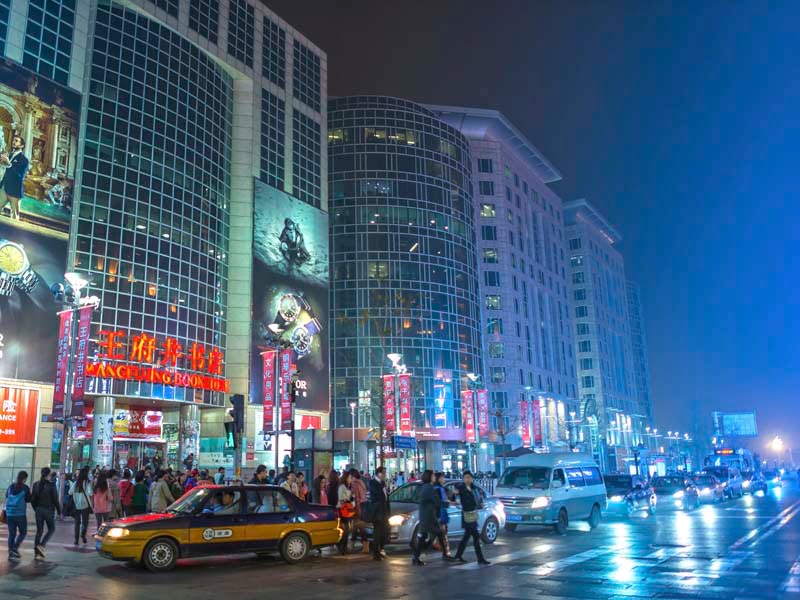It has taken more time than some might have liked to find its way to the Aussie tech sector, but the Significant Investor Visa program – aka the unexpected fountain of Chinese capital – looks like it is starting to hit its mark.
The Significant Investor Visa program was set up 2012 in the final months of the Rudd-Gillard-Rudd Labor Government. It has so far attracted more than $7.8 billion in complying investments into Australia.
The program seemed a no-brainer at the time. It offered potential migrants to Australia an expedited route to permanent residency and then citizenship. The applicant just needed $5 million to invest.

Of course, nothing is ever straight forward in this world. And where the schemes’ intention had been to attract entrepreneur business people to Australia, and to ensure at least some of their ‘complying investments’ found their way into higher-risk ventures, or into VC-like funds.
Things did not quite work out. And it took a massive tweak to the SIV complying investment rules in March 2015 to redirect these SIV dollars into VC and other under-funded market sectors.
But it has taken more than a year for applications to the SIV program made under the new rules to work their way through the system.
When the changes to the program were announced in March 2015 but did not come into effect until July 2015.
It is perhaps unsurprising in hindsight that the announcement sparked a stampede of applications from High Net Worth Individuals who wanted to avoid the more onerous complying investment rules of the new regime.
The Department of Foreign Affairs and Trade was left with a backlog of SIV applications to process – more than 1,500 at one stage – and it has taken more than a year to chug through.
As the processing has been done as an orderly chronological queue, all the pre-July 2015 applications were processed first.
The post-July 2015 have only just started to emerge in the past several months. These are the SIV applications that must invest at least $500,000 into a VC or similarly elevated risk investment.
My long-winded point is this. The money is beginning to arrive. In the first three months of the financial year, the department issued 37 ‘new regime visas’ (compared to 104 old regime visa).
According to SIV expert David Chin from market intelligent firm Basis Point, the upshot is that on the department’s current run-rate of visa approvals is likely to remain steady at about 50 per month or 600 per year.
This is steady, he says. Slow, but steady.
At 500-600 approvals have been steady at about per year, that’s an inward investment windfall for Australia of $3 billion annually.
SIV approvals under the new rules will slow. This is clear from the lower number of applications for the visa.
“We’re expecting an annualised rate of around 400 visas per year under the new scheme,” Mr Chin said.
“That 400 number is based on the number of applications made to the states, and the number of invitations [to potential visa holders] from the states in the past three months for new SIV visas.”
“On those numbers, at 400 per year under the new scheme … as it kicks along over the next couple of years, that’s a very good outcome for the Australian VC industry.”
A run-rate of 400 SIVs a year represents an additional $200 million-a-year into VC. That’s a significant pool of money. In fact, if it had arrived in the earliest stages of the SIV program – say 2013/14 – it would have been considered colossal annual windfall.
The reality is, though, that the SIV money is arriving at a point in time when money for startups is available in unprecedented abundance. Ninety per cent of the SIV money is from China.
It is not clear where the SIV program ends up. It has attracted plenty of critics.
When it was first launched, SIV analysts – based on early applications – were suggesting that the SIV program could attract 3,500 visa holders each year (or $17.5 billion in inward investment.)
In hindsight, it seems more than likely that the government tightened the scheme to limit the numbers. Prior to the changed rules last year, too much of the SIV money was finding its way into property in overheated Sydney and Melbourne markets.
And there was an eye on the social dislocation that can come from such vast sums coming from offshore.
Do you know more? Contact James Riley via Email.

